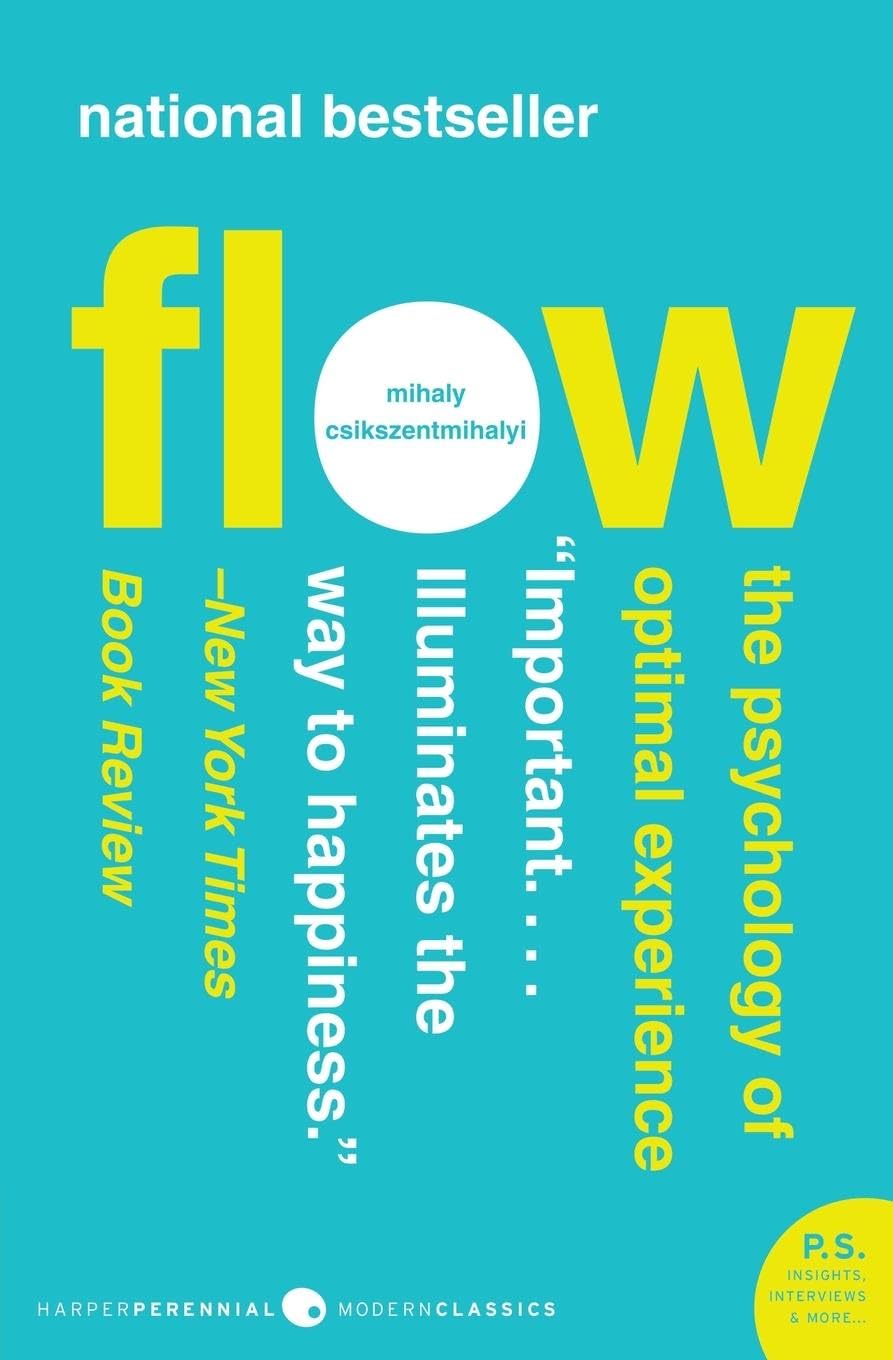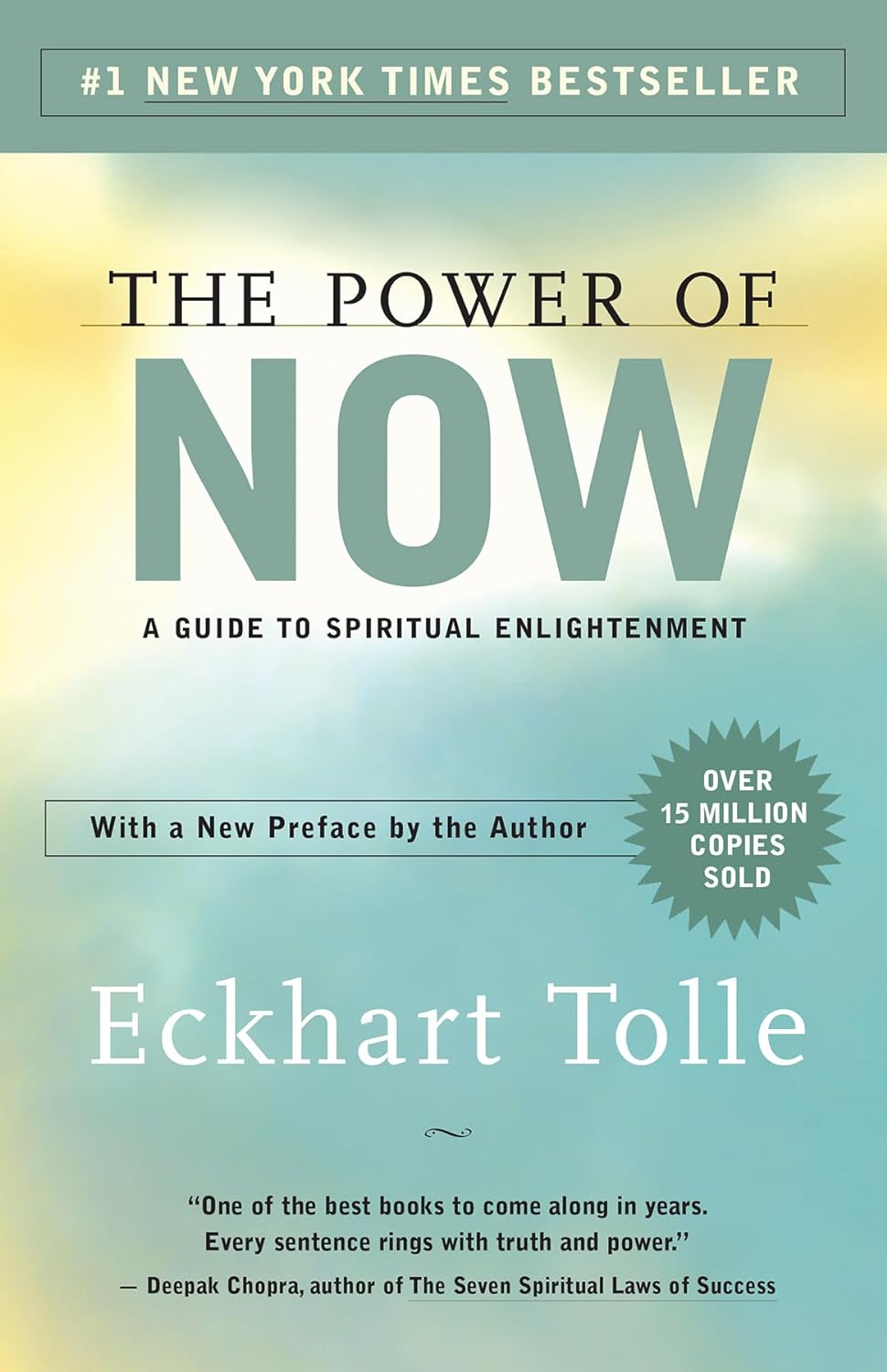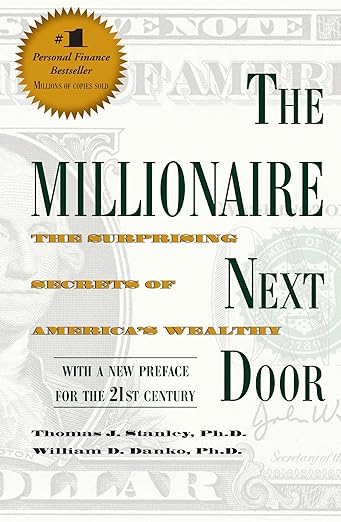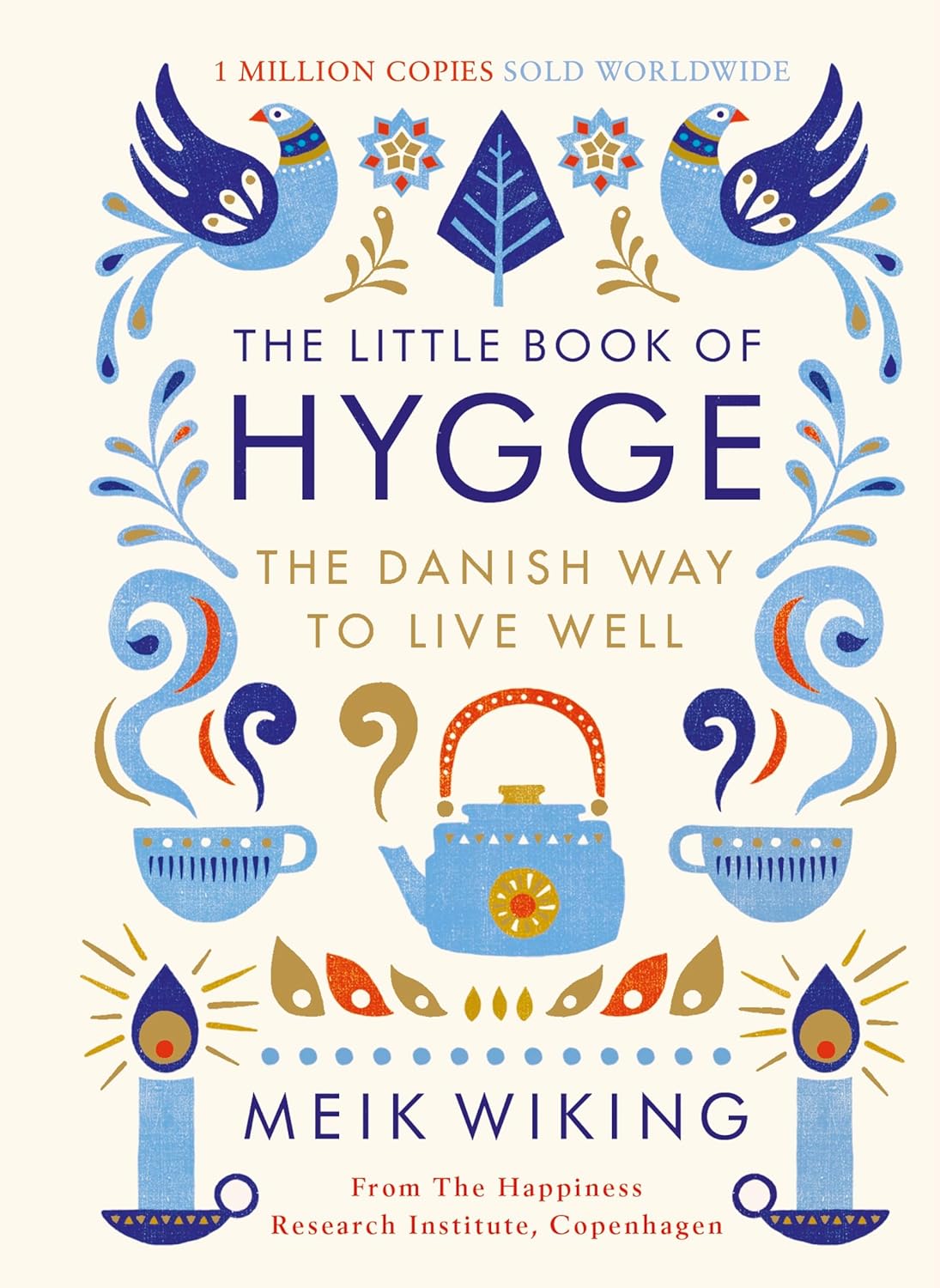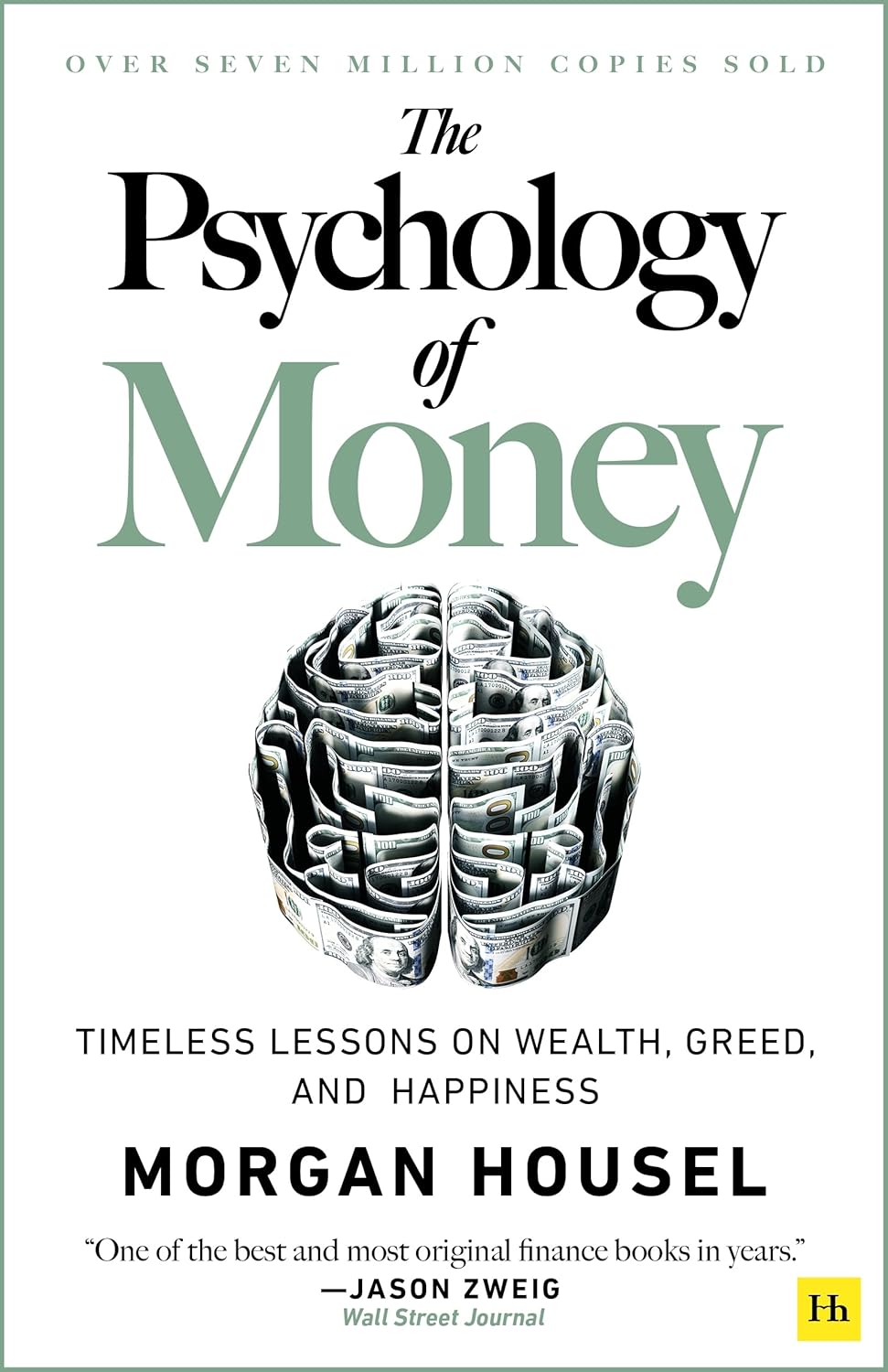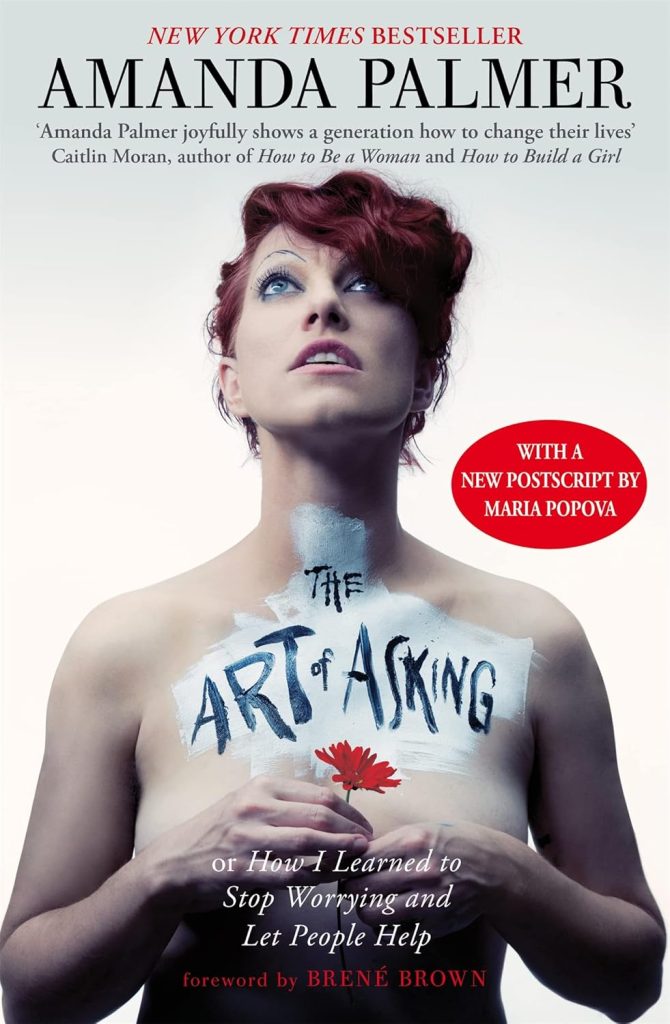
Buy The Book
The Art of Asking; or, How I Learned to Stop Worrying and Let People Help

About
Amanda Palmer, musician and performance artist, explores vulnerability and connection in “The Art of Asking.” Drawing from her experiences as a living statue and a crowdfunded artist, Palmer argues that asking for help is fundamental to building relationships and creating art. She challenges the cultural stigma surrounding asking, particularly for artists, and advocates for embracing vulnerability as a source of strength.
Palmer shares personal anecdotes, including her struggles with asking for help from her husband, Neil Gaiman, to illustrate the complexities of trust and interdependence. She contrasts begging with authentic asking, emphasizing the importance of exchange, mutual respect, and gratitude. Ultimately, the book encourages readers to overcome their fear of rejection and embrace the power of human connection through the simple act of asking.

Spark
Learn
Review
(The chapters in “The Art of Asking” are not explicitly numbered or titled in the document you provided. They flow more as a continuous narrative interspersed with anecdotes, lyrics, and reflections. The following parts, divisions, and headings were written by the editors.)
✦ Part 1: The Roots of Connection and Asking
Standing silent as an eight-foot bride in Harvard Square taught me more about human connection than I ever imagined. Perched on a milk crate, painted white, dressed in a bride’s gown, I handed out flowers to strangers who chose to put money in my hat. I wasn’t begging. I wasn’t demanding. I was simply asking—wordlessly, motionlessly, with my eyes and my presence. And by doing so, I learned that asking is not about the transaction itself. It’s about the connection that forms in the moment when someone chooses to give.
Some people would walk by without looking, their gazes deliberately avoiding me. Others would stop, smile, and offer a dollar, which I would thank them for with a flower and a silent, prolonged gaze. These people weren’t paying for a flower. They were paying for a moment of connection—a fleeting, fragile exchange of human vulnerability and acknowledgment. Some people yelled insults from across the street, telling me to “get a job.” Others, surprisingly, were homeless themselves but still dropped coins into my hat. The experience was raw and unpredictable, and it taught me about the invisible threads that tie us to one another.
I didn’t know it at the time, but my years as a living statue were preparing me for a much larger lesson about life and art. Asking is not about weakness or failure. It’s about creating a space where someone else can choose to engage, to give, to connect. It’s about trust—trusting that other people will see you, hear you, and respond. And it’s about vulnerability—about being willing to risk the possibility of rejection.
The fear of rejection is what holds so many of us back from asking. We don’t want to be told no. We don’t want to be judged or dismissed, or worse, ignored. But the truth is, rejection is not the end. It’s part of the process. It’s what makes the eventual connection all the more meaningful. When I stood on that milk crate in the middle of Harvard Square, I wasn’t just learning how to ask for a dollar. I was learning how to ask for love, for understanding, for connection—and how to offer those things in return.
✦ Part 2: Building a Net of Trust
When I transitioned from being a street performer to being a musician, the lessons I learned as The Bride carried over into my work with The Dresden Dolls. Touring with the band, playing for small but passionate audiences, I began to understand that art is not just about creation. It’s about sharing. It’s about building relationships. And it’s about trust.
Our fans were more than just people who came to our shows. They were part of a community—a net of trust that we were weaving together, one connection at a time. When we toured, fans would offer us places to sleep, cook us meals, and even help us carry our equipment. In return, we gave them music, hugs, stories, and gratitude. It wasn’t about money or fame. It was about the exchange—the mutual recognition of our shared humanity.
This net of trust didn’t appear overnight. It grew slowly, organically, out of countless small interactions. I sent personal emails to fans, thanking them for coming to our shows. I stayed after every gig to sign autographs and talk to people, sometimes for hours. I wrote blog posts about my life, my struggles, and my gratitude for their support. Each connection strengthened the bond between us, creating a community that felt personal and real.
When I left The Dresden Dolls to pursue a solo career, that net of trust became even more important. Without the support of a label or a traditional marketing machine, I relied on my fans to help me fund my music and spread the word. Crowdfunding became my way of asking—not for charity, but for partnership. I wasn’t demanding money from strangers. I was inviting my community to be part of the creative process, to help bring something into the world that we could all share.
When I launched my Kickstarter campaign to fund my album, I was overwhelmed by the response. Thousands of people contributed, not because they had to, but because they wanted to. They believed in me, and they believed in each other. The net we had woven together held strong, and it carried me forward.
But trust is not without its challenges. I’ve faced criticism, backlash, and moments of doubt—both from others and from myself. The act of asking, of putting myself out there, has made me vulnerable in ways I never expected. But it has also brought me closer to people in ways I never could have imagined. It has shown me the power of trust, both in others and in myself.
✦ Part 3: Navigating Vulnerability and Rejection
Asking is not always easy. It requires vulnerability, and vulnerability means opening yourself up to rejection. And rejection hurts. Whether it’s a stranger walking past your hat without looking, a critic dismissing your work, or a loved one failing to give you the support you need, rejection stings. It’s a reminder of our humanity, of our need for connection, and of the risks we take when we ask.
I’ve struggled with rejection in many forms, but the most challenging has been in my relationship with Neil. Marrying someone who is not only famous but also wealthy brought up insecurities I didn’t even know I had. I found it nearly impossible to ask him for financial help, even when I desperately needed it. I worried about being judged, about appearing weak or selfish. I didn’t want to rely on anyone else. I wanted to be independent, to prove that I could do it all on my own.
But I couldn’t. And when I finally asked Neil for help, it wasn’t just about money. It was about trust. It was about admitting that I couldn’t do everything by myself, and that I didn’t have to. It was about letting go of my pride and allowing myself to be vulnerable. And in doing so, I discovered that asking is not a one-sided act. It’s a collaboration. When I ask, I’m not just taking. I’m giving the other person the opportunity to help, to connect, and to share in something meaningful.
Rejection, too, has been a teacher. It has taught me to be more compassionate—with myself and with others. It has shown me that when people say no, it’s not always about me. Sometimes they can’t give what I’m asking for, and that’s okay. Asking with grace means accepting the possibility of no without resentment, without shame, and without losing faith in the next yes.
✦ Part 4: The Gift of Asking
At its core, asking is an act of connection. It’s a way of reaching out to another person and saying, “I see you. Do you see me?” It’s not just about receiving; it’s about creating a moment of shared humanity. When I ask for help, I’m not just seeking something for myself. I’m offering someone else the chance to give, to connect, and to be part of something larger than themselves.
This is the gift of asking. It’s not always easy to accept. I’ve struggled with feelings of unworthiness, with the fear that I’m taking too much, or that I don’t deserve what I’m given. But I’ve come to see that the value of asking isn’t just in what I receive. It’s in the act itself. It’s in the trust, the vulnerability, and the willingness to connect.
When I ask, I’m saying, “I trust you. I believe in our connection.” And when someone responds, when they say yes, they’re saying the same thing back. It’s a mutual affirmation of our shared humanity. It’s a reminder that we are all, in some way, asking for love, for understanding, for a place in the world. And it’s an invitation to give those things to one another.
The art of asking has shaped my life, my work, and my relationships. It has taught me to trust, to connect, and to see others—and myself—with greater compassion. It has shown me that we are all part of a vast, interconnected web of support and love. And it has reminded me that the greatest gift we can give each other is to simply say, “I see you. I hear you. I’m here.”
For People
– Artists
– Entrepreneurs
– Introverts
– People pleasers
– Those struggling with vulnerability
Learn to
– Overcoming fear of rejection
– Building stronger relationships
– Embracing vulnerability
– Understanding the value exchange in asking
– Recognizing the power of community support





